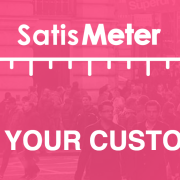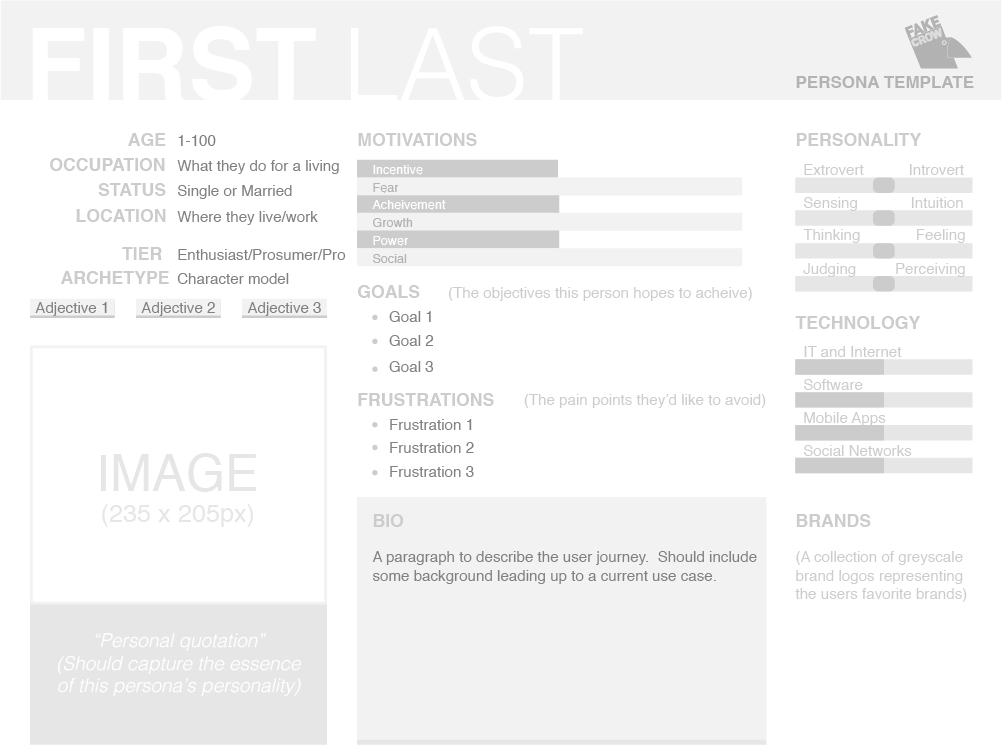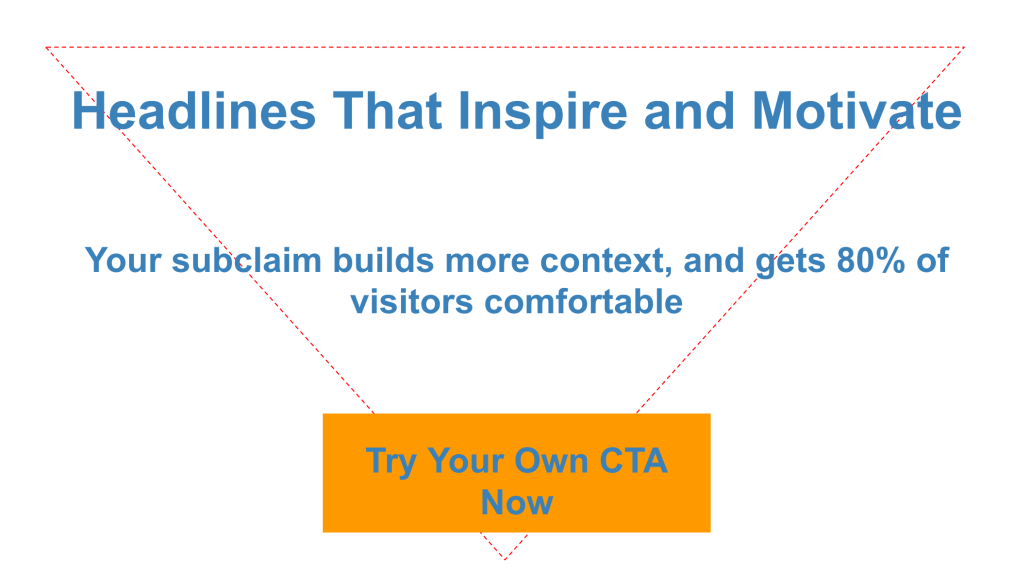Salutara: Your Health Matters
Salutara is a full-service online platform for medical travel.
Every year, 11 Million people seek medical procedures that are not accessible or affordable in their home countries. With Salutara as a trusted advisor and intermediary, patients can search and compare clinics, arrange procedures, plan, book, and pay for a whole trip in one place.
I sat down recently with the founders, Martin Cvetler and Petr Vankat, to talk about Salutara’s current status, and future plans. Here’s what they had to say:
Q: Hi Petr and Martin! Tell us a bit about Salutara. Where did the idea for a medical travel platform come from?
Petr: I was spending my 2014 New Years in Switzerland with my girlfriend at that time who is a dental hygienist. As we were walking through the center of Thun, I saw a walk-in store saying “Zahn reisen – Dental travel” on the sign above the door. It caught my attention so I came closer and found out they were sending citizens of Thun to Hungary for dental procedures.
They organised trips specifically designed for patients with any kind of dental problem. This whole concept was taking place offline and was aiming at a very limited clientele. I thought why not do this online and globally? There is clearly a demand, with 20 million people traveling every year for treatment. That is when the idea was born.
But I put it in a drawer after my return to Prague and we started seriously discussing it in the summer of 2015 and in August we signed up for the Startupyard FastLane. And you know the story from there. We went through all the steps in the selection process and eventually made it to the accelerator.
Martin: Our first idea was to concentrate on dentistry and our first work name was “Bite´n´Chew” [laugh] Then we started to research, expanded the idea to other treatments and we just could not find a website that would be easy to use for booking a medical treatment abroad. Salutara is for people seeking quality medical care who cannot find affordable and accessible treatment at home. It’s a complicated and time consuming decision-making process, and we want people to have a way to do it all within one platform. We want to become the world’s most innovative medical travel booking platform.

The Salutara Team: Martin Cvetler and Petr Vankat
Q: What are some of the main advantages of traveling abroad for medical treatments? What kinds of treatments are most popular for medical travel?
Petr: One of the most obvious advantages is the price difference between countries and continents.
Just to give you an idea, it is very common that patients for example from the USA are saving up to 80% of their medical costs when traveling for a hip replacement, dental restoration or cancer treatment abroad. Those can add up to huge sums- into the tens of thousands of dollars per treatment. A hip replacement in the US can cost upwards of $80,000, while the same treatment by an equally skilled surgeon in India might cost $10,000. That easily justifies the cost of going abroad.
You know, the number one cause of personal bankruptcy in the United States, believe it or not, is medical bills. That really makes no sense to me in the modern world. But where there is such a clear need, there must to be clear, easy to access alternatives.
But the US isn’t the only place with problems. Waiting times in various countries such as the UK or Poland are also a big issue, as they can go as high as months and in some specific cases including orthopedy or eye surgeries up to years.
On top of that, some countries are facing certain legislative barriers that can be seen in relation to procedures such as In Vitro Fertilisation. At Salutara, we strongly believe that every human being should have a right to access that type of treatment, and we are working hard to provide options and accessibility for all the cases mentioned above.
Martin: We want to inform and educate customers about all possibilities that the medical travel industry offers. One example is the EU Directive 2011/24 that enables all EU citizens have their insurance cover procedures anywhere within EU. Not many people know this, and not many people use it. On the other hand we want to give our clients the opportunity to choose and decide if they want to go abroad or not. They can compare both options, decide and book abroad or at home. We just want to give them the freedom to choose and a tool to make it safe and easy.
Q: What are some of your key challenges in approaching consumers? How will you convince people that medical travel is for them?
Petr: We understand from our own experience that it can be tough to even decide where to go on holiday! Is the food going to be good there? Will it be safe to walk on the streets after dark? Will I be able to charge my iPhone there and get wi-fi? Generally speaking people are not always very open to changes and exploration. Especially when it comes to something so important and precious as human health.
Certain things are easy to sell. Medical travel can be vastly cheaper, and certain treatments will only be available abroad, depending on where a patient is coming from. But it’s about more than that. A person thinking about medical travel is concerned about trust and safety, and building trust is one of our biggest challenges going ahead. People deserve their dignity in medical care, and sadly that’s not something they can always have. So we want to change the way medical care works for those who can’t now get what they deserve.
That is why we are focusing on providing top notch care for our first customers – the early adopters or ambassadors. Sharing and promoting their experience on the website as well as on our social media profiles is going to be crucial- getting the word out through people like that will open up new possibilities for people who haven’t even considered medical travel. Good word of mouth plays an important role in the process of convincing others that it is safe and supremely beneficial to make the decision to pack up a small bag and take off for a treatment abroad.
Q: Let’s talk a bit about Salutara. What features and capabilities will you launch with? Where do you see the product in a year or two?
Martin: Customers will be able to connect directly with clinics and their doctors for unlimited online consultations and price quotes. They will be able to book a treatment and pay the deposit.
Later on we want to provide the whole travel package, including flight and hotel booking. Everything in one place. A lot of patients use medical travel for sightseeing before the treatment or they stay longer after the surgery to recover and come back home all fit.
Most competitors in this market right now are focusing on connecting clinics and patients. That’s great, but we want to provide a whole experience- start to finish. That is what we’re working towards: a platform that you can use exclusively to get reputable, safe, and fairly priced treatment anywhere in the world.
There are plenty of resources now available for medical travel and for patients seeking treatments. There are great services like RealSelf, which provides a community for people to discuss issues around cosmetic surgeries. We want to provide the same value to people- a place where they can find trusted opinions and advice, and also connect with the right doctors and clinics to provide the right treatments.
Q: What will be your focus within the next year? How will you approach the market, and which segments will you focus on in order to grow?
Martin: We will launch small and lean. Just with a couple of procedures, clinics in the Czech Republic and UK market on the patient side. After we optimize our workflow and processes, we will scale up with more treatments and clinics in the same markets and then expand within the EU in the second half of 2016 and globally in 2017. We’re starting with less invasive procedures like cosmetic dentistry, hair transplantation, sleep disorder, cosmetic surgeries, LASIK (laser eye surgeries). Then IVF and life threatening diseases and their treatment like oncology.
Our dream, as Petr said, is to be a trusted platform for patients and clinics the world over- so that people will always know what treatments and doctors may be available to them anywhere in the world. Right now, medical travel is very opaque- it’s run through backchannels, and patients rarely have any sense of who they are dealing with. That’s just not good enough. Fair, open, and trustworthy markets need transparency, and that’s what we will provide.
Q: Obviously partnerships are going to be a key factor in Salutara’s growth and success. Which partners do you view as strategically important, and how do you plan to build these partnerships?
Petr:There are lots of ways to think about partnerships in our case. We believe that the first partners should be charities of all sorts. It is important to give back. And those who are in need or unfortunately suffer from a specific condition deserve our primary attention.
We would like to donate a part of each transaction to a charity of choice for each patient who uses our services. Next in line of common sense, are travel agents both in countries where our patients travel from and in the countries of our clinics. Sport clubs and associations have a natural connection to what we are doing too, especially those where injuries happen often such as rugby or ice hockey.
We encourage anyone reading this to reach out to us with partnership suggestions from their network. We want to hear from you!
Q: You started at StartupYard with essentially nothing but an idea and a vision, and now you’re almost ready to launch. Have you been surprised by your own speed and execution?
Petr: I am personally naturally very impatient and yesterday was already too late. So until we fulfill our goal of becoming the world’s biggest platform connecting patients with clinics all over the world, and handling medical travel on every continent, I will not be satisfied with the pace of our progress. Nevertheless just being around such amazing influencers as Cedric Maloux or yourself, Lloyd, and having the priceless opportunity to consult with our great mentors helped us speed up the process a great deal. We can never thank them enough.
Martin: I will be very open here. I was a little naive a few months ago. The deeper we are in this industry the more I realize how much more is ahead of us and also what we could have done differently, faster and better. We have decided to make some compromises on the product and market entry in order to launch fast and we have a long list of updates already. The truth is we chose a very complicated product and market. And you just cannot do everything at one moment. You have to prioritize every day, stay focused but be able to pivot at the same time. All of this is very challenging but I enjoy it quite a bit.
Q: How has working with StartupYard affected the development of Salutara? Have any particular mentors had a big impact on your development?
Petr: As I mentioned above StartupYard is like a nitro boost in the Fast and Furious franchise. Being friends with one of the 2015 SY startups (TeskaLabs), we knew what we were going into and busted our bottoms to make it to the 2016 cohort, because we were aware of the impact SY had on TeskaLabs. To be specific at StartupYard you learn a great deal of skills from pitching, creating awesome landing pages to creating meaty content and to confidently ask investors for money. I am sure we will start to fully appreciate the help of StartupYard only after a couple of years from now looking back at the days spent here.
As far as mentors, the initial avalanche of heterogenous opinions and suggestions naturally creates a bit of perplexity when you want to take the advice and put it into practise right when the consultation is over. The mentoring month helped Salutara shape it’s business strategy and recognize some of the threats and weaknesses as well as strengths and opportunities.
Now as the dust is slowly settling, we are revising our notes and realizing the value of suggestions and tips we in some cases did not see immediately. To mention a few names in particular – Liva Judic helped us in the process of renaming our company, to Salutara. I cannot leave out Ladana Edwards whose persistence in support has been endless. Marketa Kabatova and her great input on Google advertising, Jeanne Trojan and her factual to the point tips on self presenting, Veronika Prikrylova, Klara Gajduskova, Karin Pomaizlova…Those are just a few, and all the mentors had something to contribute to our launch and growth, and we are super grateful for the chance to get to know them and learn from them. Thank you all, guys, you have been phenomenal! Hope we will show our appreciation by becoming the global leader in healthcare provision without having doctors on payroll.
Martin: Honestly I cannot imagine how we could move forward so fast without the support of the whole SY team, shareholders and mentors. It would be very long and painful without this.
Q: You’re currently expanding your team. Who are the kinds of people you are looking for?
Martin: Yes, we are now hiring a native English journalist/blog writer, social networks specialist, SEO specialist. Then two more coders, designer, key account for clinics and customer service specialists. We want a team of people that have drive and are results oriented. I want to also thank here Jiří, Jakub and Michal for their work, we are happy to work together.
Q: Where can potential partners, clinics, or job seekers get in touch with Salutara?
Petr: Salutara can be reached on our Twitter plus Facebook profiles and of course e-mails (petr@salutara.com or martin@salutara.com).


















